Egyptian mummies paraded through Cairo in ancient rulers procession
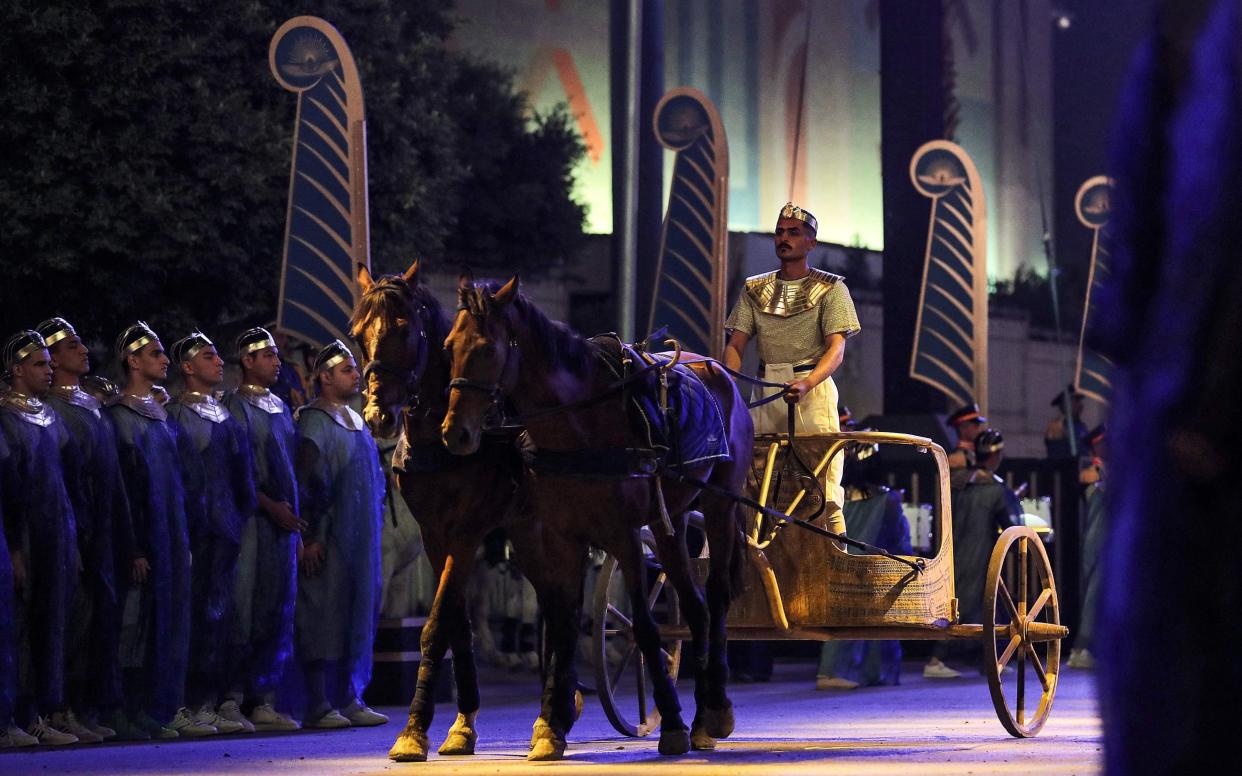
A procession of floats carrying the mummified remains of 22 pharaohs passed through Cairo on Saturday evening to a new resting place.
The mummies were driven four miles across the capital to the new National Museum of Egyptian Civilisation.
The eye-catching procession, dubbed the "Pharaohs' Golden Parade", of 18 kings and four queens travelled in order -oldest first - each aboard a separate vehicle decorated in ancient Egyptian style.
However, this week superstitious Egyptians on social media suggested that moving the mummies would cast a curse on their country.
They have argued there is a link between the planned parade and a spate of recent disasters, including the week-long blockage of the Suez Canal, a deadly train crash and the fatal collapse of an apartment building in Cairo.
Both pedestrians and vehicles were barred from Tahrir Square, the site of the current museum, and other sections of the route.
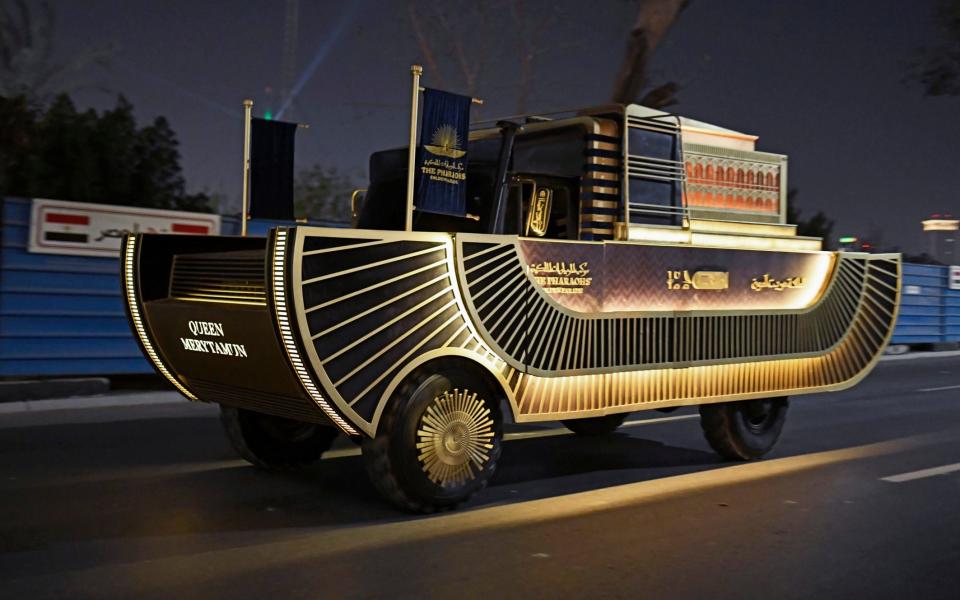
Images of the slick parade and an equally carefully choreographed opening ceremony were broadcast live on state television, to rousing music and a 21-gun salute.
"This grandiose spectacle is further proof of the greatness... of a unique civilisation that extends into the depths of history," said President Abdel Fattah al-Sisi just ahead of proceedings.
Seqenenre Tao II, "the Brave", who reigned over southern Egypt some 1,600 years before Christ, was on the first chariot, while Ramses IX, who reigned in the 12th century BC, brought up the rear.
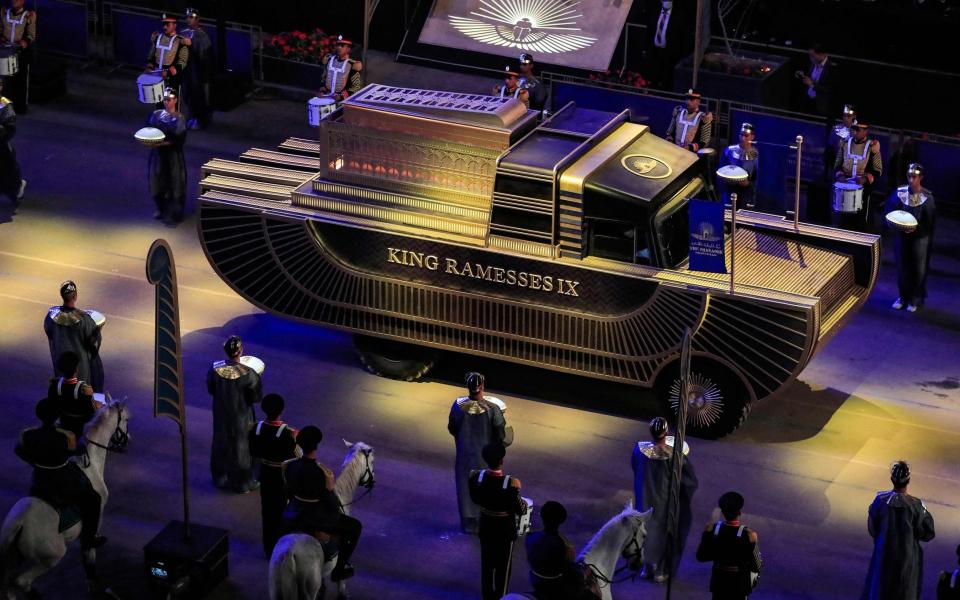
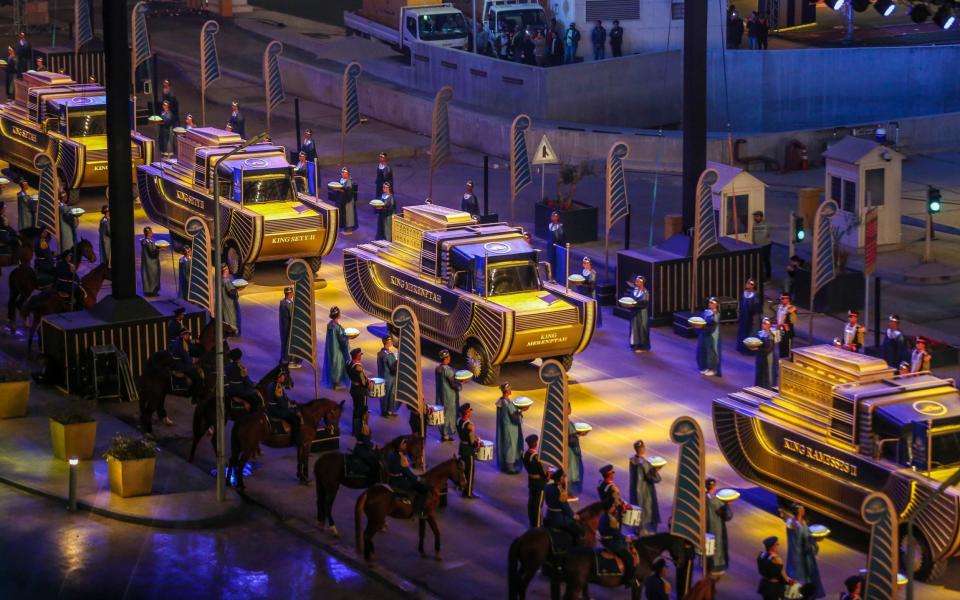
Another great warrior, Ramses II, who ruled for 67 years, and Queen Hatshepsut, the most powerful female pharaoh, were also on the short voyage.
The National Museum of Egyptian Civilisation opened its doors to limited exhibits from 2017 and will open fully on Sunday, before the mummies go on display to the general public two weeks later.
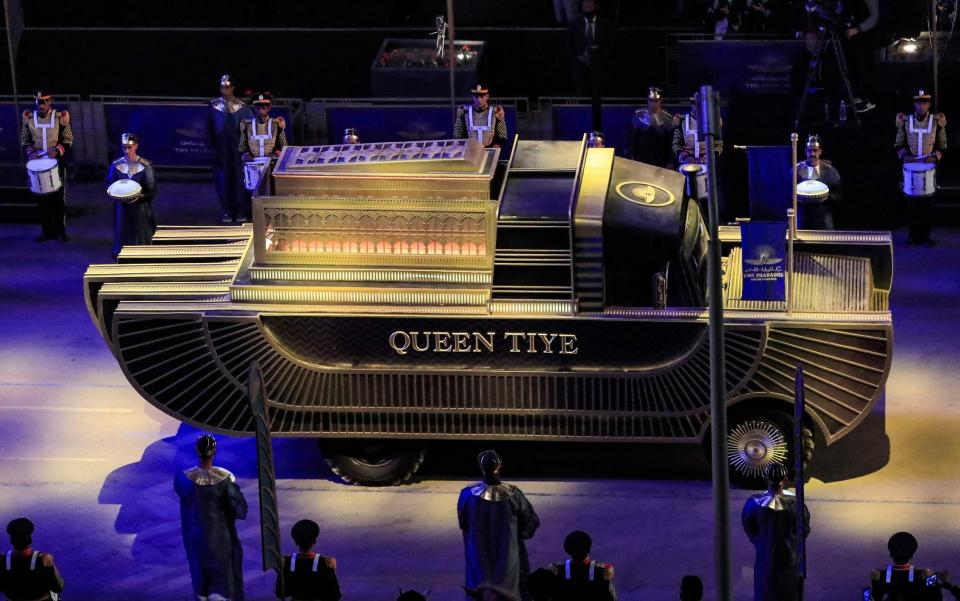
In the coming months, the country is due to inaugurate another new showcase, the Grand Egyptian Museum, near the Giza pyramids.
It too will house pharaonic collections, including the celebrated treasure of Tutankhamun.

